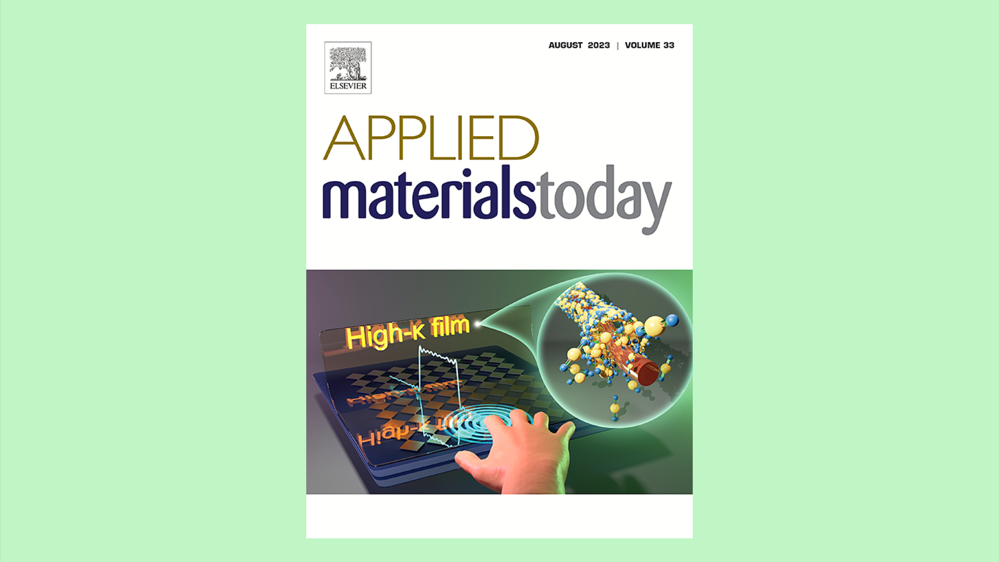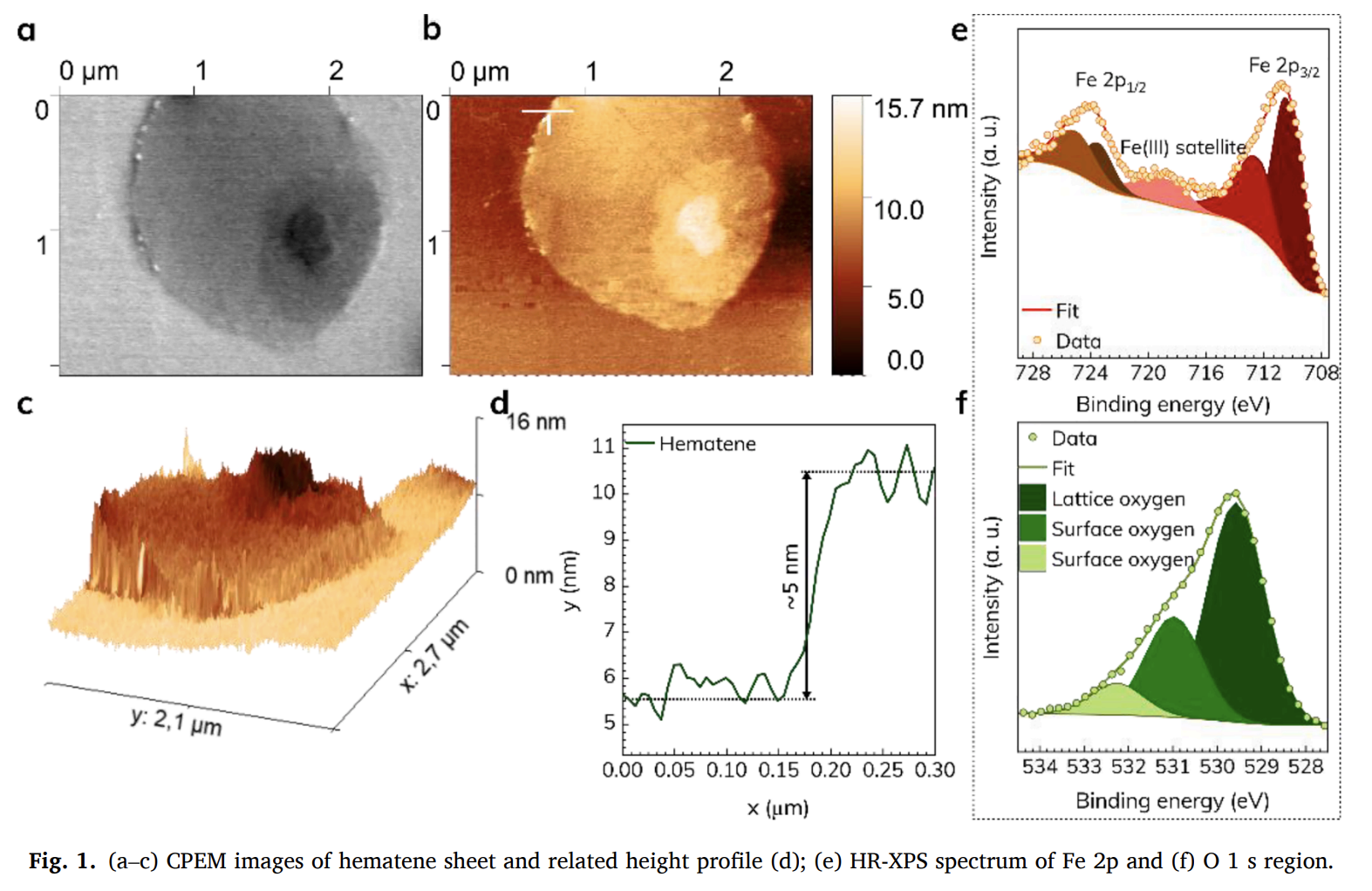Green Synthesis of 2D Hematene with the Help of LiteScope

Researchers from Palacký University Olomouc and the Technical University of Ostrava have developed an eco-friendly method to make ultra-thin 2D hematene sheets, which could lead to better clean energy technology. All that with the assistance of our LiteScope.
Publication
|
07. 08. 2023
|
by Patrik Maňas
Semiconductors
Product
Technology
Related posts

Event
|
05. 11. 2025
|
by Sabina Žilková
NenoVision has won the Czech Head 2025 award!
Nanostructures
Semiconductors
Product
Technology

Event
|
09. 10. 2025
|
by Jana Levá
ISTFA 2025
Semiconductors
Product
Technology

Event
|
27. 08. 2025
|
by Jana Levá
Workshop at Arizona State University
Semiconductors
Product
Technology

Event
|
26. 08. 2025
|
by Jana Levá
Fall 2025 with NenoVision
Semiconductors
Product

Event
|
23. 07. 2025
|
by Jana Levá
IKTS Workshop
Product
Technology

